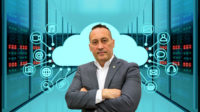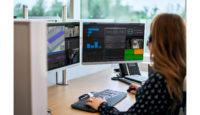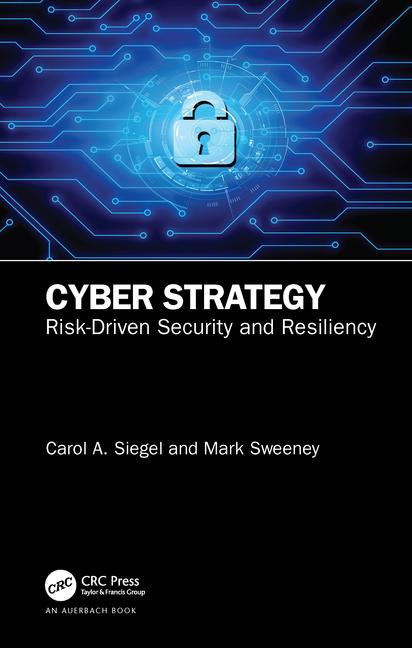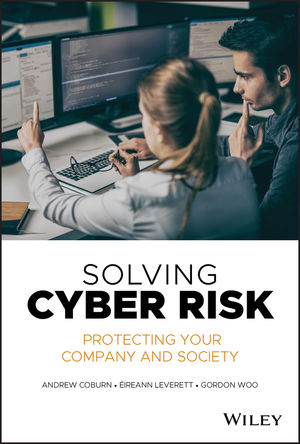In a post pandemic world, businesses and organizations off all types are reinventing themselves to adopt hybrid or work-from-home policies in order to sustain company culture as well as viability in the marketplace. This is not a trend that is expected to fade; rather, it most likely will become entrenched as part of the new normal.
Consider, Omdia’s 2021 Future of Work survey found that 36% of employees report being primarily home- or remote-based with minimal time in the office going forward. Twenty-four percent of employees are going to be permanently based in an office working at a dedicated desk, with 22% of employees embracing a more hybrid work style going forward.
Companies are embracing the trend. The Omdia report found that 68% of enterprises believe employee productivity has improved since the mass move to remote working, with 35% of these respondents reporting they have the metrics to prove it.
Among the disruption this trend brings to an organization is the imperative to cyber secure workers and company assets. Therefore, whether employees are working in the office, remotely or something in-between, organizations are faced with having to prioritize security, especially cybersecurity.
Cisco released simple guidance on maintaining hybrid workforce culture while securing workers and company assets. Following are four tips from the global technology conglomerate that security dealers and integrators can use to protect their own organizations as well inform their end customers.
1. Educate your workforce to embrace secure work practices
Workers expect technology will follow them wherever they go — but having flexible locations exposes them (and your end customer’s organization) to threats in new ways. That is why IT and security teams need to ensure the hybrid experience is secure at every endpoint by educating users about safe practices and potential hazards.
2. Verify the person is who they say they are
Multi-factor authentication (MFA) is a simple, first layer of security all businesses need before they can grant access to company assets. Think of MFA as something users know (your username/password) and something users have (your phone) to verify identities and device health.
3. Enable secure access from anywhere
VPN provides a safe tunnel between users and applications so workers can stay productive and connected when they are on the road or working from home. It helps ensure only approved users get in by providing the right level of security without compromising the user experience.
4. Defend against security threats at any entry point
Most security breaches target endpoint users, requiring a first line of defense at the DNS layer and a last line for threats that slip through. The first layer blocks domains associated with malicious behavior before they get into your network or contains malware if it is already inside, while the last layer protects against more advanced threats.







